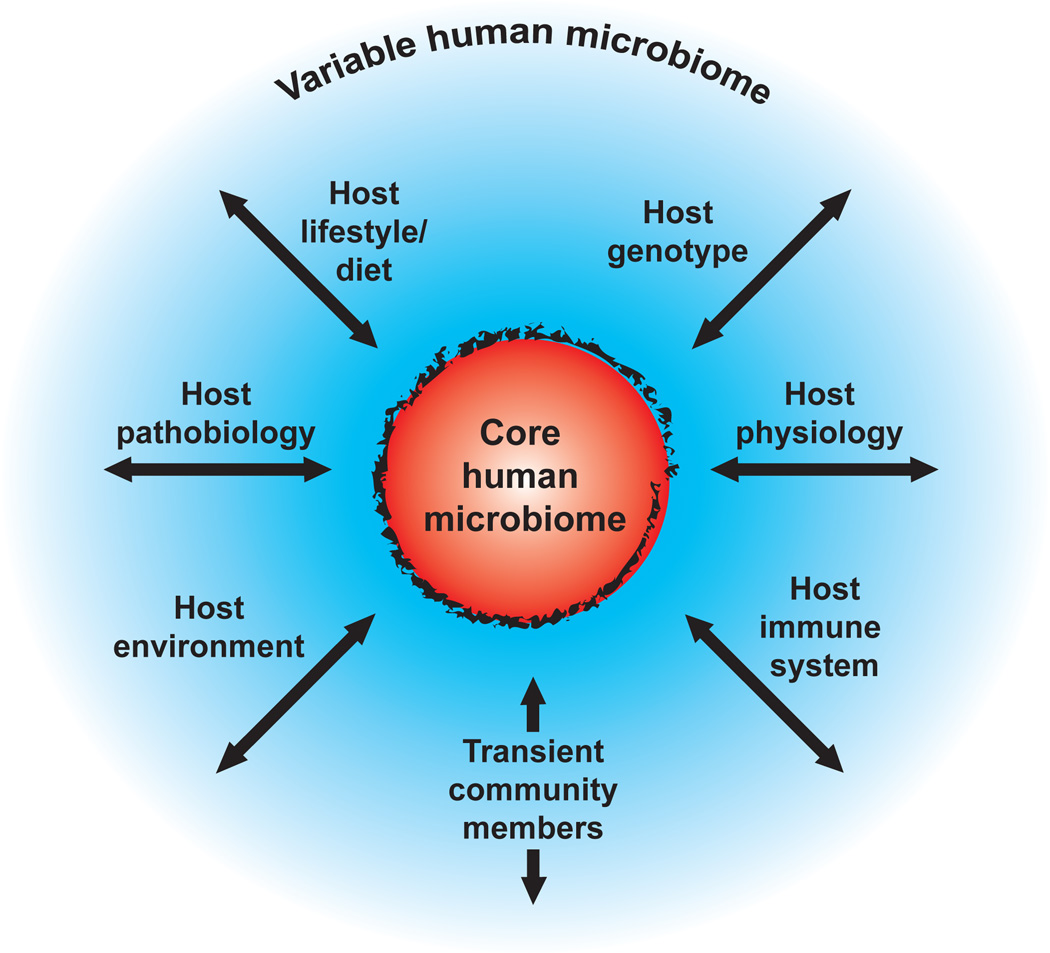Figure 1. The concept of a core human microbiome.
The core (orange) is viewed as a set of shared genes found in a given habitat (e.g. gut, mouth, skin) in all humans. The core is surrounded by a set of variably represented genes (blue): this variation could be influenced by a combination of factors (arrows) including transient populations of microbes that are not able to persistently colonize (allochthonous organisms), lifestyle (including diet), various environmental exposures (place of residency or work), host genotype, host physiologic status including the properties of the innate and adaptive immune system, and disease. The hazy line surrounding the core indicates the possibility that over the course of human ‘micro-evolution’ new genes may be added to the core microbiome while others may be lost.

